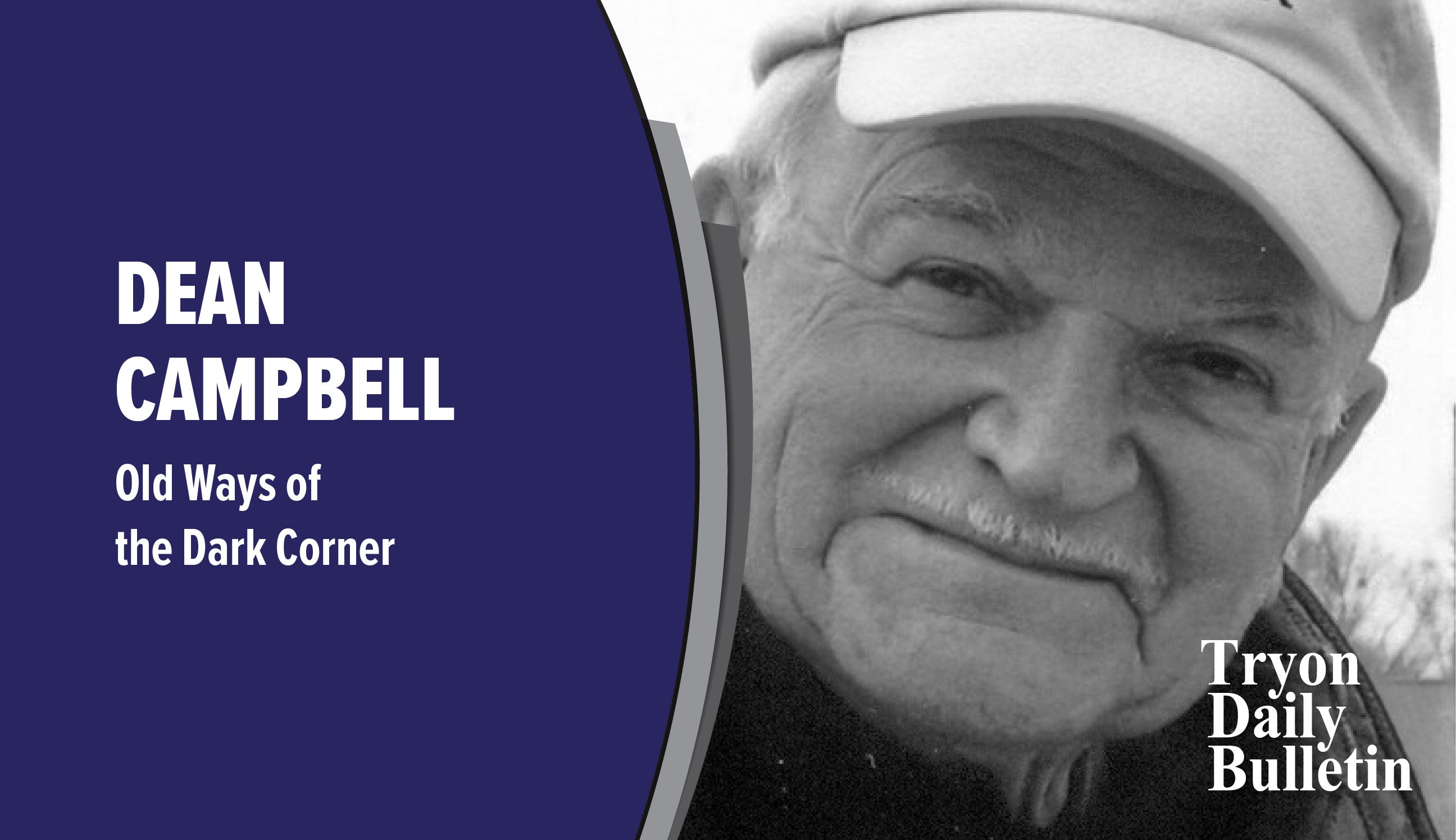Christmas celebrations were a mixture of fact and superstition
Published 1:10 pm Friday, December 13, 2019
|
Getting your Trinity Audio player ready...
|
Old Ways
“Do you have more of those really funny Christmas superstitions like the ones you wrote about in your Tales column back in 2015,” asked a friend at the bank last week.
Having already decided to discuss some of the factual aspects of the season in this month’s Old Ways column, I replied, “One or two might creep in, but that December Tale you recall covered most all of the superstitions from my memory.”
The Christmas season, while one of the holiest religious holidays, has always been the result of fact and superstition finding a complementary juxtaposition.
Hundreds of civilizations have celebrated the winter solstice—that day with the fewest hours of sunlight during the whole year. In the Northern Hemisphere, it always occurs around December 21 or 22; in the Southern Hemisphere, it is around June 20 or 21.
As summer advances to winter in the Northern Hemisphere, the points on the horizon where the sun rises and sets advance southward each day, and the high point in the sun’s daily path, which occurs at local noon, also moves southward.
At the winter solstice, the sun’s path has reached its southernmost position. Next day, the path will begin to advance northward. Movement during the last few southern days and the first few northern days is so slight that the sun’s path appears to stay the same.
While steeped in Christian history and legend, Christmas also draws heavily on customs established centuries before the birth of Christ. Pagan festivals such as the Solstice or December’s Mid-Winter Festival held great religious significance for ancient Egyptian, Persian, Druid and Roman cultures.
Most Christians today cannot imagine any day other than December 25 as Christmas. This was not always true. For the first three centuries of Christianity’s existence, Christ’s birth was not celebrated at all. Epiphany on January 6, which commemorated the arrival of the Magi after Christ’s birth, and Easter, which celebrated His resurrection, were the most significant holidays.
The first mention of December 25 as a holiday honoring Christ’s birth appeared in an early Roman calendar from 336 A.D.
When church officials settled on December 25 at the end of the third century, they most likely wanted the date to coincide with existing pagan festivals honoring Saturn, Roman god of agriculture, and Mithra, Persian god of light. That way, it was probably much easier to convince Rome’s pagan subjects to accept Christianity as the empire’s official religion.
For thousands of years, Mediterranean and European cultures celebrated the winter solstice by decorating their homes with green palm fronds and evergreen boughs to bring life into the shortest, darkest day of the year. The first Christmas trees were brought indoors by German Christians in the mid-16th century.
Christmas in Appalachian Mountain areas, whether observed on December 25 or January 6, was a joyous time to celebrate the end of harvest and enjoy the tastes and smells of the fruits of their labor—stack and applesauce cakes; fried dried apple and peach pies; pumpkin, sweet potato and mince pies; popcorn balls; peanut butter balls and chocolate fudge.
Special stocking fillers included oranges, tangerines, nuts and hard candies.
Hunting rifles and shotguns that gathered wild game for the Christmas festivities were used in shooting matches for bragging rights.
An elderly storyteller usually recited the Christmas story recorded in St. Luke’s Gospel, and other twice-told tales and yarns about the family were related again so the little ones would always remember. [Unfortunately, with the coming of individual electronic communication gadgets, this part of Christmas is no more.]
I did remember two other old superstitions about the holiday that I didn’t include back in 2015, probably because my family never considered them praiseworthy.
Water turns to wine at midnight on Christmas Eve, but it is bad luck to taste it.
Angels are so busy celebrating the birth of Christ that one hour before Christmas the gates of heaven are left unattended. Anyone passing over at this hour has a good chance of sneaking into heaven without having to give account.


